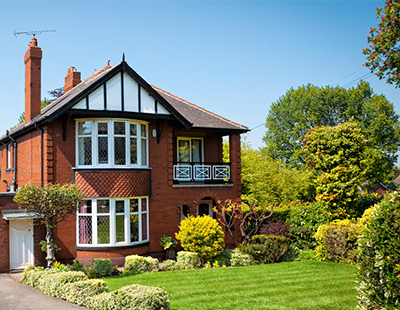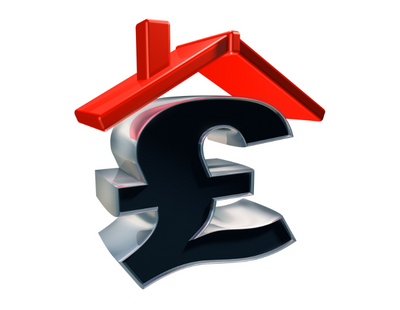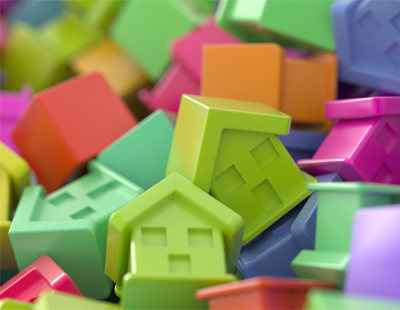
With a Bank of England base rate rise expected as soon as tomorrow, new figures from the government add weight to the belief that its impact on the housing market will be relatively light.
The Office for National Statistics says that there’s been an increase of 1.6m homes in England owned outright between 2012 and 2020 - the latest figures available.
As of the end of 2020 Castle Point in the East of England had the highest percentage of dwellings that were owner-occupied - 82 per cent - and Hackney in London had the lowest at 28 per cent.
Of the 24.7m homes believed to exist in England, some 64 per cent were estimated to be owner-occupied in 2020.
Of those, 8.8m or 36 per cent were owned outright and therefore without a mortgage; 6.8m or 28 per cent were owned with a mortgage or a loan.
The rest were privately rented (4.8m or 19 per cent) or socially rented (4.2m or 17 per cent.)
The ONS says that at the start of its records in 2012, more homes were owned with a mortgage than were owned outright; by 2020 dwellings owned outright were the most common tenure, with more than twice as many dwellings as those in social rent.
The local authority with the highest proportion of owner-occupied dwellings in 2020 was Castle Point, in Essex, with an estimated 82 per cent. The local authority with the highest proportion of privately rented was Westminster at 43 per cent. The highest proportion of social-rented dwellings was in Hackney, at 41 per cent.
The Bank of England’s monetary policy committee - which sets base rate - meets tomorrow and many commentators expect the rate to rise from 0.25 per cent to 0.5 per cent.
This follows the 30-year high inflation figure of 5.4 per cent recorded in December, and yesterday’s 17-year high Nationwide annual house price growth of 11.2 per cent.













.png)


.png)




Join the conversation
Jump to latest comment and add your reply
The MPC met yesterday FYI.
Please login to comment